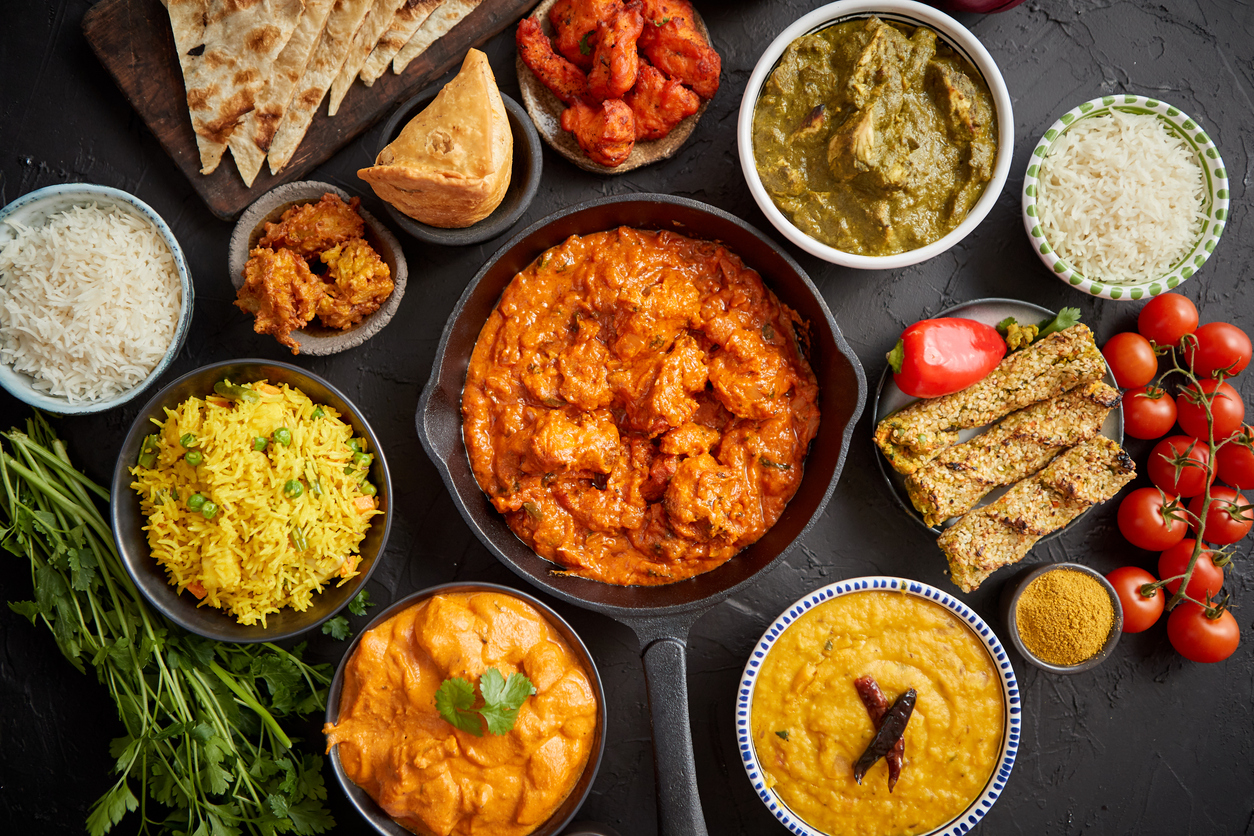Diwali is here and like every year, the preparations to celebrate the festival of lights are going on in full swing. While Diwali essentially celebrates the homecoming of Lord Ram, Sita and Laxman after 14 years of exile, people also perform a Laxmi Puja on the day of Diwali. Laxmi, who is the Goddess of wealth, is worshipped to bless the household with prosperity. The Puja is done in the evening on the Diwali day. People also make preparations to welcome Goddess Lakshmi by drawing beautiful rangolis, and Paduka (footsteps) on the entrance of their houses. It is believed that Goddess Laxmi loves going to houses that are well cleaned and are beautifully decorated, which is why her devotees start cleaning their houses several days in advance for Diwali and prepare colourful rangolis. They also draw Shripada or Goddess Lakshmi's footprints at the entrance of the house pointing inwards. Symbolically, the drawing of Shripada indicates the entry of Goddess Lakshmi in the house of her devotee.
Significance of Shripada on Laxmi PujaThe artful rangoli decorations are surely one of the biggest highlights of Diwali. Taking a beautiful space of your courtyard and spending hours in getting the design right and placing the colours with utmost precision is a lot of fun and members of the family often do this together. In addition to the rangoli, people also make artful sripadas or padukas (imprints of Goddess Laxmi’s feet). These footprints are drawn from the entrance of the house and lead up to the place of worship. These footprints are generally drawn using white rice or rice flour paste and vermillion. These days you will also find Paduka stickers that many people use who don’t want to draw them. In olden days, people didn’t have access to these modern stickers or fancy colours and paints and so they used rice flour or rice to draw these designs. The rich white hue of the rice paste that stands out after it dries out makes these designs even more attractive.
How to make the rice paste for Shripada of Laxmi Padukas for Diwali 2017 The special type of paste made with powdered rice, which gives the final artwork a rich white colour was traditionaly used by grounding rice into paste form on a batan stone or sil-batta. People also use rice flour and water to make a semi-liquid paste and use it to draw the footprints of Goddess Laxmi . Happy Diwali 2017 everybody!
Significance of Shripada on Laxmi PujaThe artful rangoli decorations are surely one of the biggest highlights of Diwali. Taking a beautiful space of your courtyard and spending hours in getting the design right and placing the colours with utmost precision is a lot of fun and members of the family often do this together. In addition to the rangoli, people also make artful sripadas or padukas (imprints of Goddess Laxmi’s feet). These footprints are drawn from the entrance of the house and lead up to the place of worship. These footprints are generally drawn using white rice or rice flour paste and vermillion. These days you will also find Paduka stickers that many people use who don’t want to draw them. In olden days, people didn’t have access to these modern stickers or fancy colours and paints and so they used rice flour or rice to draw these designs. The rich white hue of the rice paste that stands out after it dries out makes these designs even more attractive.
These auspicious footprints are usually drawn at twilight to welcome Goddess Lakshmi. The footprints are also drawn on doors, lids of coin boxes and outside the entrance of every room.
How to make the rice paste for Shripada of Laxmi Padukas for Diwali 2017 The special type of paste made with powdered rice, which gives the final artwork a rich white colour was traditionaly used by grounding rice into paste form on a batan stone or sil-batta. People also use rice flour and water to make a semi-liquid paste and use it to draw the footprints of Goddess Laxmi . Happy Diwali 2017 everybody!
Advertisement
About Sushmita SenguptaSharing a strong penchant for food, Sushmita loves all things good, cheesy and greasy. Her other favourite pastime activities other than discussing food includes, reading, watching movies and binge-watching TV shows.
For the latest food news, health tips and recipes, like us on Facebook or follow us on Twitter and YouTube.
Tags:



